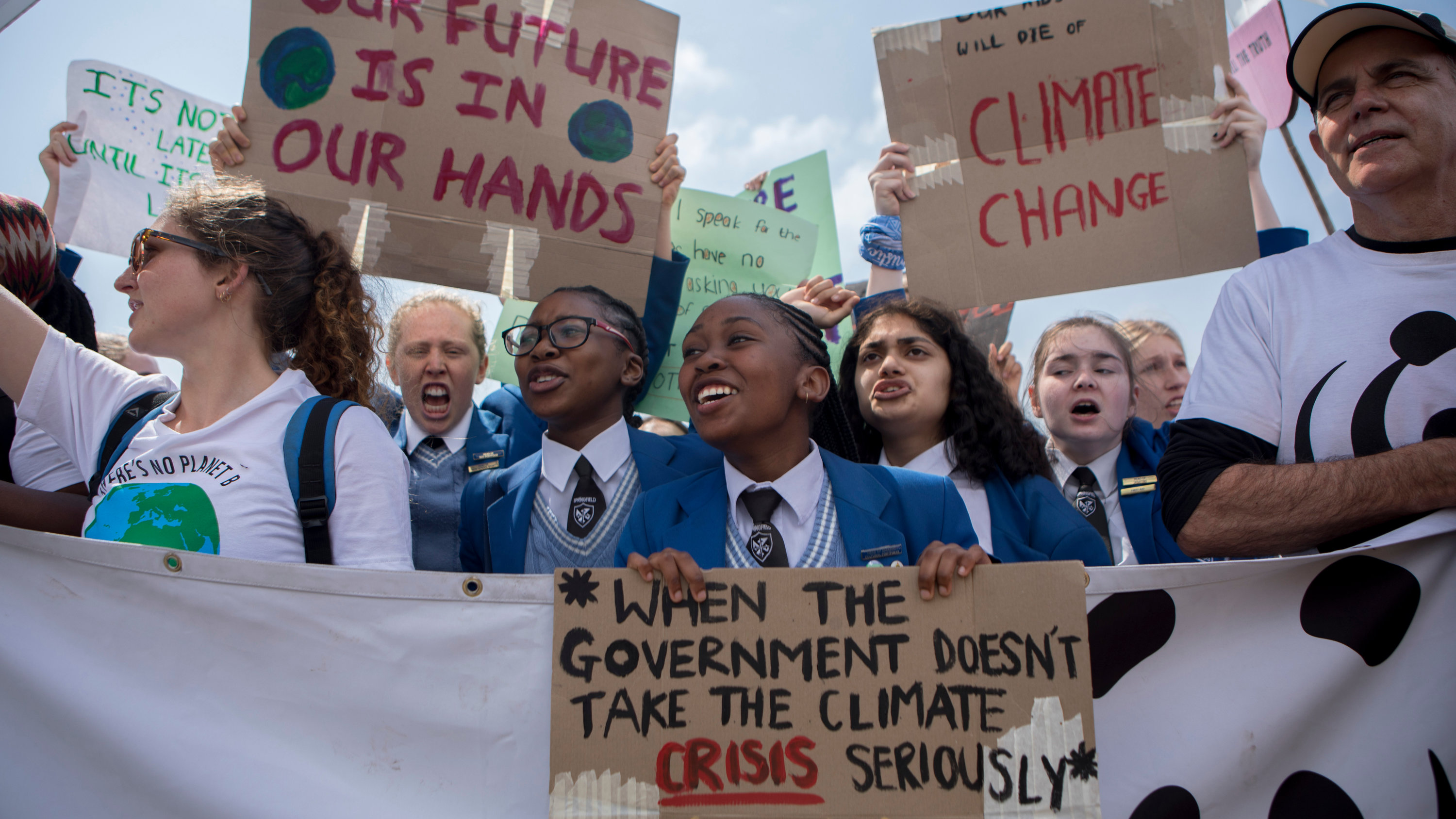The political season always brings an array of promises, whether kept or broken, that can lead to changes in many areas. Environmental issues have been one of the leading subjects of debate in recent elections. The election will have a major impact on how we view environmental issues going forward. Not only is each candidate differing in opinion on how to protect the environment, but they will also appoint the next SCOTUS judge that will also have a major impact. The following is a brief, neutral overview of the current candidates’ stance regarding environmental issues.
Democratic Candidates:
Hillary Clinton:
Clinton has been very vocal about her support for a cleaner environment. She has also taken action to ensure the nation continues to develop environmental friendly technology. On January 18, 2016, Hillary Clinton signed a pledge to use renewable sources to power at least half of the nation’s energy needs by 2030. Clinton has also gone on record as saying that we should push businesses to be more innovative in order to create new products that will lead to the preservation of our environment. Also, she has been on record as saying that she is against the Keystone XL pipeline. The pipeline has been a major topic of conversation regarding its environmental safety. Clinton has also been pushing to team up with Canada and Mexico in order to reduce the carbon footprint of this continent. In summary, Hillary Clinton has been in favor of expanding environmental initiatives in order to preserve the environment.
Bernie Sanders:
Sanders has a record of trying to preserve the environment. He has introduced a “Keep it in the Ground” Act in 2015 which was designed to prohibit offshore drilling in the Arctic and Atlantic. He has also voted against the Keystone XL pipeline. Sanders, similar to Hillary, has also signed a pledge to power at least half of the nation with renewable energy by 2030. He has said in the past that climate change is “the number one threat facing America.” He is also against fracking. Bernie Sanders is determined for this nation to break its dependency on fossil fuels.
Republican Candidates:
Ted Cruz:
Cruz has co-sponsored a bill to approve the Keystone XL pipeline. Cruz does not believe climate change is manmade and thus we should not have strict regulations. Cruz sponsored a bill in 2014 which proposed lifting multiple regulations on the energy producing industries. Cruz has also been very critical of the EPA calling it “unbelievably abusive.” Cruz has opposed the EPA’s Clean Power Plan, a plan that was designed to try and cut the carbon emissions from power plants.
John Kasich:
In the past, Kasich has been a proponent of renewable energy. In 1996, he voted to increase funding for research regarding renewable energy. In 2012, Kasich supported legislation that embraced Ohio’s renewable energy as vital to the state’s economy. However, in 2014 Kasich signed a bill to free Ohio’s standards for renewable energy. Kasich has also signed bills in Ohio that allowed for the drilling of oil and gas in Ohio state-parks. In 2000, Kasich voted against implementation of the “Kyoto Protocol of 1997,” which aimed to reduce greenhouse gas emissions. Kasich’s voting record regarding environmental issues has swayed. Recently, in a 2016 debate, Kasich advocated for using all sources of energy, however, he also advocated for making sure that these sources can somehow be cleaner.
Donald Trump:
Trump is a strong advocate of the Keystone XL pipeline. He has also come out and denied that global warming exists. A voting record and what sort of policy Trump would take is difficult to truly determine as so little history exists on his position. Recently, Donald Trump has said he would eliminate the EPA in order to cut federal spending.


